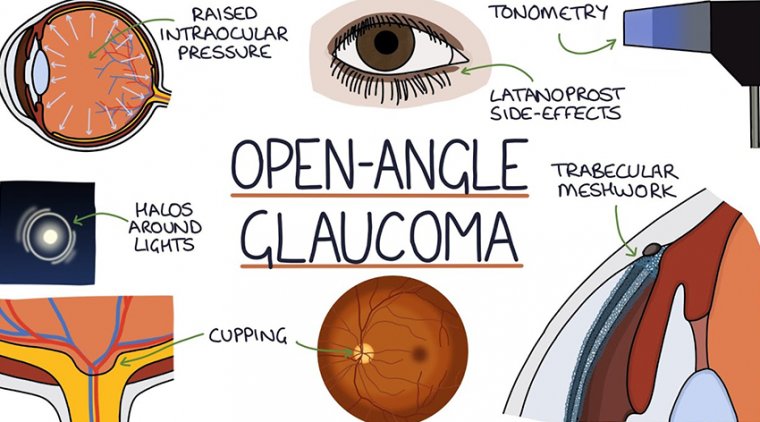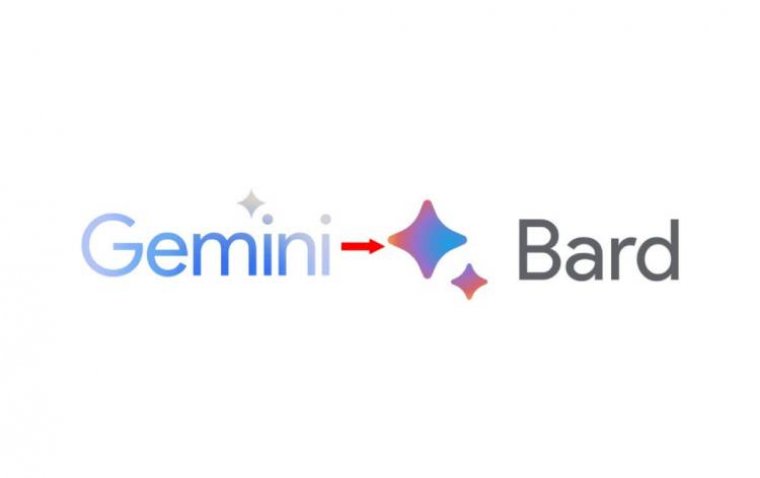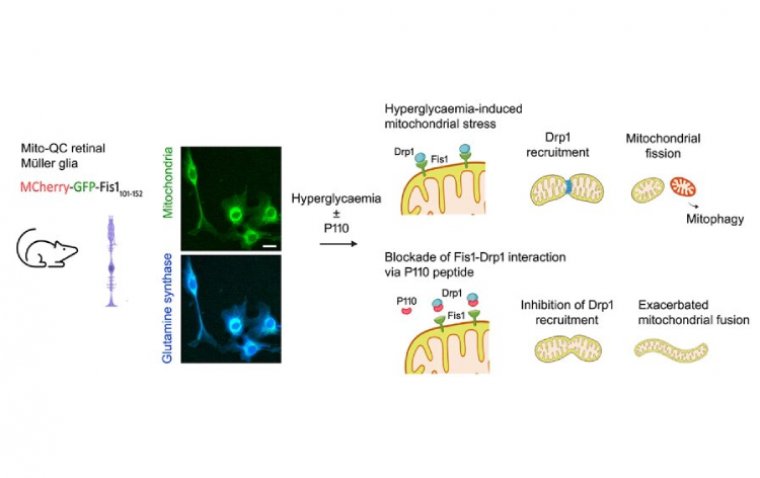
Repurposed Blood Pressure Drug Shows Promise in Preventing Vision Loss from Inherited Retinal Diseases
New preclinical research conducted by the National Institutes of Health (NIH) suggests that reserpine—a drug first approved in 1955 to treat high blood pressure—may have therapeutic potential in treating inherited retinal dystrophies, including retinitis pigmentosa. The findings were recently published in eLife.
Reserpine Offers Mutation-Independent Neuroprotection
Retinitis pigmentosa (RP) is a rare inherited retinal dystrophy that progressively leads to vision loss, often beginning in childhood. It results from the degeneration of photoreceptor cells—specialized neurons in the retina that convert light into electrical signals for the brain.
In this study, reserpine demonstrated the ability to preserve photoreceptor cell function, regardless of the underlying genetic mutation. This represents a significant breakthrough, as more than 1,000 gene mutations across 100+ genes are known to cause inherited retinal dystrophies.
“The discovery of reserpine’s effectiveness may greatly speed therapeutics for retinitis pigmentosa and many other inherited retinal dystrophies,” said Anand Swaroop, Ph.D., senior investigator at the National Eye Institute (NEI) and lead author of the study.
“Reserpine’s neuroprotective effect is independent of any specific underlying gene mutation.”
Gene Therapy Limitations and the Need for Broader Treatments
While gene therapies are emerging as a promising approach to inherited retinal diseases, they face significant hurdles—they are gene-specific, time-consuming to develop, and often expensive. By contrast, reserpine represents a non-gene-specific, small-molecule therapy that could be more widely applicable.
Reserpine’s ability to stall or slow disease progression could make it a valuable option for early intervention or bridging therapy until curative treatments become available.
Study Results in Rodent Models of Dominant Retinitis Pigmentosa
The research team evaluated reserpine in a rat model of dominant retinitis pigmentosa, specifically involving a mutation in the rhodopsin gene, a common variant among Irish Americans with RP.
Compared to untreated animals, rats receiving reserpine showed:
• Preserved phototransduction, the process by which rod photoreceptors convert light into electrical signals.
• Enhanced survival of rod and cone photoreceptors, which are responsible for night vision and color vision, respectively.
Notably, female rats exhibited greater photoreceptor protection than males, indicating a potential sex-specific difference in treatment response.
“We can only speculate about these sex-specific differences. However, future research would benefit from teasing out these differences and understanding them to lay a foundation for personalized approaches to retinal disease therapy,” Swaroop added.
Toward Next-Generation Retinal Neuroprotectants
Swaroop’s lab is now developing newer, more potent reserpine-derived compounds aimed at treating late-onset or slow-progressing retinal dystrophies, as well as aggressive RP subtypes where delaying degeneration could be clinically meaningful.
Although reserpine is no longer used for blood pressure treatment due to side effects, the intraocular doses required for retinal protection would be very low, minimizing systemic risk. As a small-molecule therapy, reserpine is also easily deliverable to target tissues in the eye.
Reference:
Hyun Beom Song et al, Sex-specific attenuation of photoreceptor degeneration by reserpine in a rhodopsin P23H rat model of autosomal dominant retinitis pigmentosa, eLife (2025). DOI: 10.7554/eLife.103888.3
(1).jpg)










